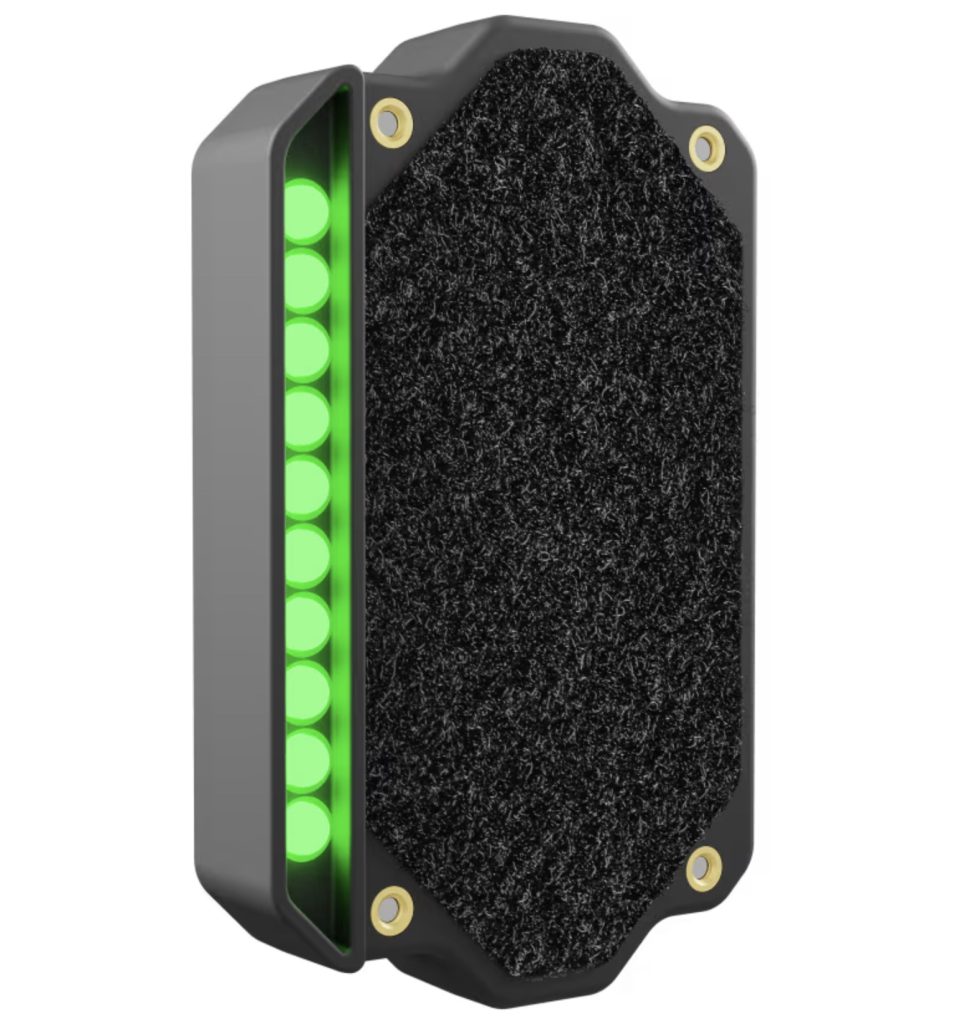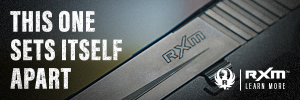
We tend to take targets for granted….until we get out to distances where we can’t see them. With diminutive calibers and aging eyes, that happens quickly, even with moderate distances.
Last week in Louisiana, we were shooting small caliber carbines. At normal pistol distances, it wasn’t that big a deal. But a 5.7×28 at 25 to 50+ yards,,,I simply couldn’t see them.
Thankfully, we had two solutions — magnified optics and indicator targets. One was good. Both were even better. That’s where Caldwell’s participation in the “5.7 Fest” was most appreciated. The innovations they brought made good targets great.

For most shooters, Caldwell’s Orange Peel Bullseye Targets aren’t new. They’ve been around for quite a while. We used them liberally for everything from long distance bullseye shooting to sighter targets to see where the test guns were hitting in relation to our sight picture. Priced from $7.99 to $31.99 depending on the size, they’re time and energy savers on any range.
They’re also fun to shoot, with adhesive backs you can stick to virtually any cardboard backer with the confidence they won’t come off. Their instant feedback is always helpful…unless you’re consistently missing. They’re color-coded, too. Hits inside the target show yellow. Hits outside the target and inside the bullseye are white. Seeing white inside the bull causes smiles. White anywhere else can have you seeing red.
Caldwell also brought some innovative steel targets. Steel, if you’ve never set up a steel range, is work. Far more than any other target. The primary reason’s simple: steel is heavy.
It’s also a hard surface capable of sending rounds back at you if the targets aren’t hung correctly. That’s not a problem at long distances, but a real concern when you’re shooting plate racks at seven yards. That’s why plate rack targets are built with the targets at angles. When struck, the angles send the rounds away from the shooter.
That’s also the primary reason shoot-through targets encourage you not to shoot them with anything below a certain velocity. Shoot them with something lacking velocity and the projectile can carom back at you. Trust me on this; don’t try it yourself.
Caldwell supplied 5.7 Fest with a plethora of ¼-inch, AR500 targets that ranged in size from 5-inch gongs to prairie dogs, bowling pins, and soda cans. They were great for the 5.7×28 cartridge because they’re rated for rimfire and non-magnum handgun calibers. They work with all of Caldwell’s ½-bolt mounts and the reduced heft means they rang like proverbial bells when hit with the small, fast 5.7x28s.


But Caldwell brought a surprise addition to the targets: the Flash Bang AR500 Target Hit Indicators. They’re simple in concept…a collection of bright green LEDs powered by three AAA batteries. They attach to the rear of the target and when the Flash Bang senses impact, the LEDs flash to register the hit.
They were great, even on a range that was only 50-yards long. Where they’d really prove valuable would be at long distances. If you’ve ever shot long ranges, you know there’s really no easy way to detect hits, especially multiple hits. These little devices, priced under $30, wouldn’t take long to prove their worth as compared to schlepping back and forth to check/change long distance targets.
Hang a Flash Bang on a piece of steel, go to your shooting position and start shooting. They’re good for targets over five inches and the 3 AAAs are rated for 30,000 impacts.
As I’ve written before, it’s a great time to be a shooter. Even the targets are getting smarter.
As always, we’ll keep you posted.

